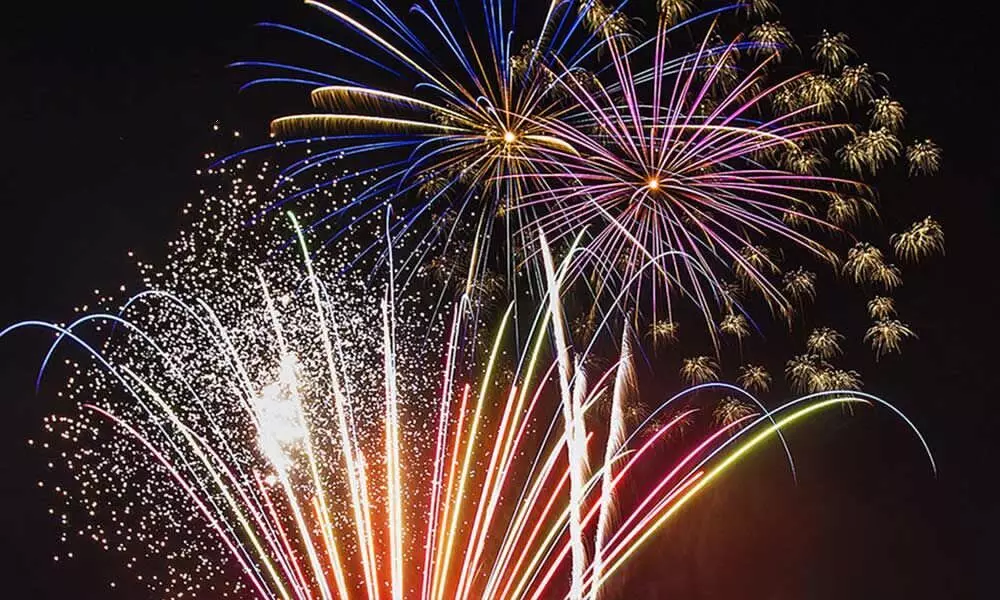How bursting crackers can make Diwali an unsafe practice for all
With pollution levels already too high on account of vehicular emissions, industrial activities and construction, there is no room for bursting of crackers
image for illustrative purpose

These toxic products contain harmful substances which on combustion produce 2.5 PM; while the smoke evaporates in a matter of hours, the pollutants from the crackers remain suspended for days, making the air more unbreathable and carcinogenic
The much-awaited festival of lights stands at our threshold - the harbinger of peace and prosperity. With the economy coming back on track after the jolt suffered on account of the lockdown during the pandemic, spirits are rising, as they should. Over the years, not only has the popularity of Diwali increased but so has its mode of celebration which has witnessed a drastic change.
The bursting of firecrackers which was once a rare spectacle has now turned into a common event. Up until the 19th century, firecrackers being expensive, would be commissioned by rulers for the entertainment of their citizens. Generating awe and wonder, aatishbaazi shows were organised on special occasions such as royal marriage ceremonies as an exhibition of the kingdom's grandeur and prosperity.
It was only after independence that restrictions were placed on imported crackers which led to the emergence of the first firecracker industry in Sivakasi, Tamil Nadu. Thereafter, as crackers became cheaper and people became more prosperous, the bursting of firecrackers commenced on Diwali.
However, in recent years, the combustion of metals, smoke and dust in the air has become a matter of grave concern despite comprising of a mere 5 per cent of the aggregate air pollution. With pollution levels already too high on account of vehicular emissions, industrial activities and construction, there is no room for bursting of crackers.
These toxic products contain harmful substances which on combustion produce 2.5 PM; while the smoke evaporates in a matter of hours, the pollutants from the crackers remain suspended for days, making the air more unbreathable and carcinogenic.
The ominous, heavy air during this time of the year further deteriorates the air quality as does stubble burning. The weather, cracker pollution and agricultural residue burning combine to diminish the air quality to severe and dangerous levels, choking the air by converting it into gas chambers.
Yet, in spite of the blanket bans imposed on the burning of these pyrotechnics by the Supreme Court, the AQI (Air Quality Index) is far from normal. The reason being stubble burning which continues to remain a bone of contention between a number of state governments, all of which persistently engage in futile arguments with no definitive corrective action whatsoever.
With poor policies and non-existent incentives, crop burning continues unabated. Imposing fines on the food producers and putting them behind bars will serve no good; giving them the promised subsidies upon not engaging in stubble burning will. With our granaries overflowing with wheat and paddy, the cropping patterns need to be reconfigured.
Happy Seeder, a harvesting-cum-sowing tractor remains out of hands for most of the farmers owing to its exorbitant cost and suitability in primarily, larger farms. Then again, the process of converting the stubble into manure is a lengthy one; it takes approximately 15-20 days before the field is ready for the next crop and farmers do not possess the luxury to devote these many days.
Beijing's poor experience with smog towers clearly indicates that installing the same at different places will amount to nothing more than sheer wastage of the taxpayer's money. Likewise, imposing odd-even rules serves nothing more than a populist gimmick in the long run.

